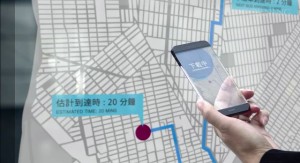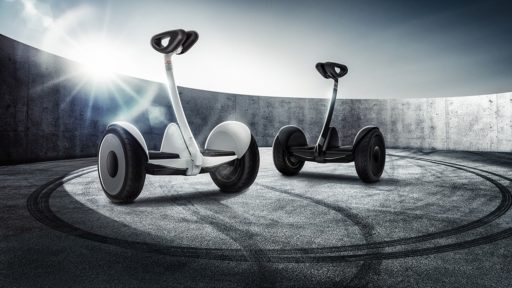Lately, we had been noticing some major changes in the screen technologies. Large display makers are showcasing new screen technologies which promise to greatly enhance the user experience. We will review the recent industry trends and try to analyze what these really mean to the consumers.
New Display Technologies
In the forerun of the race is 3D screens launched commercially in 2010. Since its inception we have seen number of 3D display technologies hitting the market which offers consumers a 3D experience with and without glasses. British TV network Sky has also launched 3D TV channel to capture the enthusiastic customers. Handset maker Nokia is also putting heavy investments behind 3D display technologies in mobile handsets. But, whatever the electronics giants do, according to a research by Ericsson Consumerlab in 2011 around 17% of the consumers consider 3D TV as a feature worth paying for, where quality is still considered the most important feature. This important revelation seriously undermines the prospects of 3D TVs within a short time considering the fact that the viewing experience is not ‘limitless’ yet.
Transparent screens are next in the competition. World leading display maker Samsung has been displaying transparent screens since 2010. While this type of displays offers a very pleasant look, they’re yet to offer any revolutionary change in user experience. And, I personally feel that this type of display technique will enjoy much more success in shared media devices than in personal gadgets. But we are yet to see the consumer response on this type of display technology.
The latest in the race is flexible screens. A number of prototypes have been showcased including OLED based screens from Samsung, color e-Ink based displays from LG and LCD based flexible screens from Toshiba. While Samsung and Toshiba FDPs (Flexible Display Panels) have been targeting a variety of applications, LG FDPs are targeted to serve the low cost and low end e-book readers. Alongside, Nokia is also experimenting with two types of flexible display technologies both of which can be flexed, stretched and operated by physical manipulation. All these, mean a very new kind of experience for the consumer. But, we will have to wait many years before we can truly use the futuristic gadgets featuring FDPs as envisioned by many, so that other technologies behind the gadgets reach a certain level of maturity to support a ‘flexible’ device.
Aspects Other Than User Experience
As the display makers continue developing new display technologies we will see another question playing a great role in the choice of the preferred technology – flexibility or ruggedness. Consumers will see two types of devices rolling out. On one end, there will be devices those are flexible, stretchable and malleable. On the other end, consumers will see tough, rugged and damage resistant devices to withstand extreme conditions. While the demand for flexibility will fuel research in new display technologies, the demand for rugged displays will cater to the development of protective glass technologies.
Consumers will also see a multitude of ‘interaction technologies’ that will add to today’s touch sensitive displays. Screens those can be manipulated (e.g. bent or stretched) to interact with the device will come to market. Gesture based interaction with the devices will also takeoff. And, who knows what else is waiting?
Only the future will tell how these display technologies will ultimately take shape to offer an enhanced user experience? To get a glimpse of the future, watch this video from Corning about their vision of future display technologies.
[ttjad keyword=”hdtv”]



